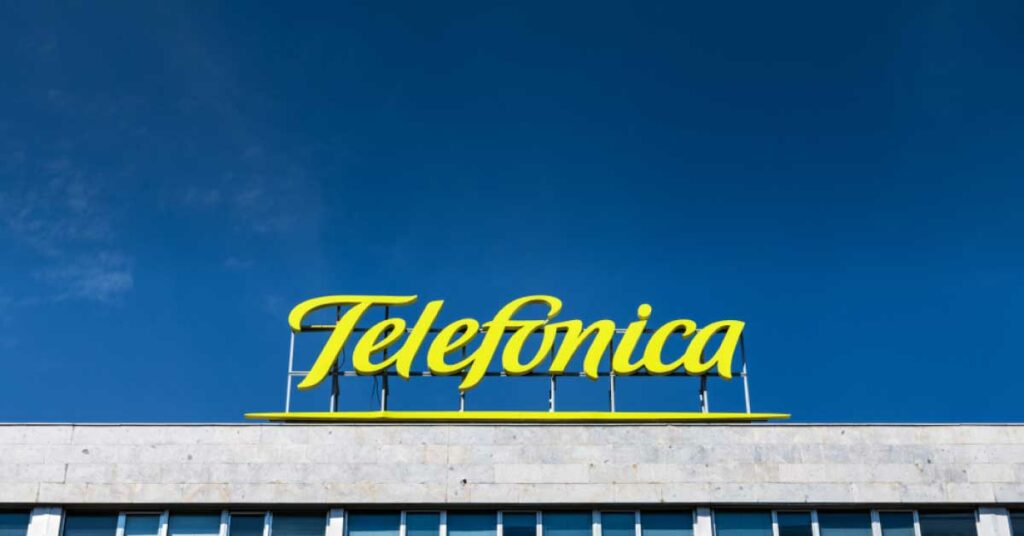Telefónica is gaining ground in its preparation to supersede old technology, that gave telephone utility through a copper cable network, with the most contemporary fiber-optic network. The replacement not only has technological and environmental advantages (fiber is considerably more competent and utilizes less energy) but also has chrematistic effects. It has gotten the administrator an additional revenue of 131 million in 2020. The organization procured copper and different materials from the old workplaces and utilized them for fixed communication and internet connectivity by an Asymmetric Digital Subscriber Line (ADSL).
The Spanish MNC witnessed a breakthrough of 1,000 padlocked copper plants in the first half of 2021, which implies the advent of progress in its digitalization and transformation plan to offer the best and most eco-friendly network. The company intends to offer fiber optics to the entire Spanish region in 2025.
This pledge is a part of the Digital Pact announced in 2020, by the president of Telefónica – José María Álvarez-Pallete, in light of the modernization and digitization of SMEs, the self-employed, public administrations, and companies. This pact is also inclusive of a new network with 5G connectivity.
Telefónica hurled an arrangement in 2016 for the conclusion of copper plants and the growth of fiber optics. Since then, it has reprocessed 7,140 tons of waste electrical and electronic hardware (dubbed RAEEs), dismantled 65,000 tons of cables, and recycled an excess of 128,000 cards in its organization.
Copper has lately become a profoundly prioritized material in the trade. Its cost has additionally soared after the pandemic owing to a developing interest from China and the lack of production in Chile, whose principal mines have been in strikes, as of late, for better wages.
Telefónica‘s reduce reuse and recycle strategy
Since its commencement, the redesign has saved 1,000 gigawatt-hours (GWh) and has abstained from producing an output of 355,000 tons of CO₂ into the environment (identical to the carbon consumed by 6,000,000 trees).
Likewise, the new optical fiber takes significantly less fiber when compared to the older network. It also facilitates an expansion of clientele. A 2,400-pair copper connection can serve 2,400 clients, while a 256-pair link serves a totality of 16,384 clients. Additionally, one fiber access novelty involves just 15% of the space of copper access.
The procedure for closing the copper plants has facilitated a wholesome benefit for the economy owing to Telefónica’s reduce, reuse, and recycle conscience. The energy and space investment funds, the reusing of parts, and the upliftment of environmental responsibility (which involves demolishing all old technology) creates an advancement of the company’s ecological commitment to the goal of producing net-zero emissions by 2025.
